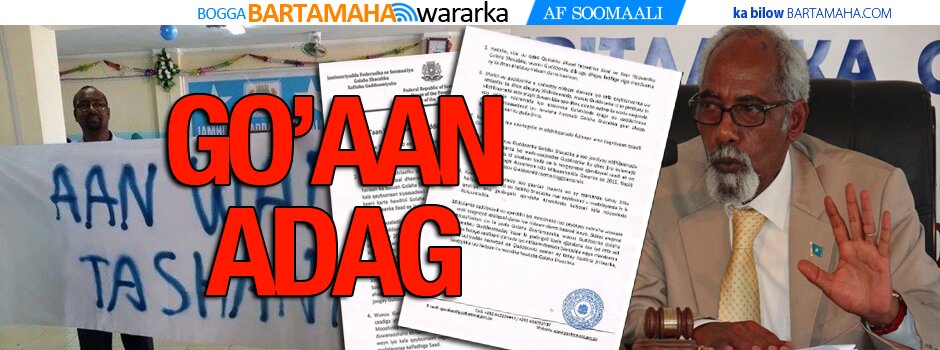The War on Piracy Must Start on Land

Antonio Maria Costa is executive director of the United Nations Office on Drugs and Crime.
How is it possible that pirates from very poor Somalia can hold to ransom ships from some of the richest countries, despite the patrolling by the world’s strongest navies?
That was the dilemma discussed at the recent Istanbul Conference on Somalia, and is high on the agenda of the United Nations, NATO and the European Union.
The current anti-piracy strategy has worked well, but it is facing diminishing returns. Naval patrols off the Horn of Africa have reduced the success rate of attacks: 1 in 10 attempts succeed now, compared to 1 in 3 before. Yet the number of (reported) attacks doubled between 2007 and 2008 from 51 to 111, and doubled again in 2009 to 217. They are still on the increase.
Five years ago, most attacks were along the Somali coast; now some are carried out 1,000 miles offshore. The average ransom used to be a few thousand dollars; it has skyrocketed to $2-3 million and rising. Somali piracy will again earn about $100 million this year.
Navies from around the world protect vessels off the costs of Somalia. Is that working? To an extent yes, but at an exorbitant cost. A vessel patrolling off Somalia costs $100,000 a day. Considering that there are more than 40 vessels out on patrol, the aggregate annual operational cost is about $1.5 billion, compared to the $3 million paid into an anti-piracy trust fund especially created by the United Nations.
The effects on rich countries’ economy has been negligible, as insurance rates have increased only minimally. But the impact of piracy on East Africa is devastating: It endangers lives, curbs trade, kills tourism, steals food aid, enriches criminals, funds insurgents and perverts the regional economy. The disruption has now moved to Great Lakes states that use East African ports for trade.
What can be done?
Letting the pirates go makes no sense: They are back in the water within a week (600 so far have been released following confiscation of their weapons). Shooting them on sight is fundamentally wrong (although it has happened, including recently). Transporting them to countries that own the seized vessels is impractical, given the distance and jurisdictional complexities. What else?
Patrolling off the Gulf of Aden and the Indian Ocean must continue, and seized pirates must be brought to trial in the region: Kenya currently holds 124 pirates, the Seychelles 31 (which is 10 percent of their prison population). More pirates should, and can be tried in other countries in East Africa.
Further international assistance is therefore needed to strengthen the capacity of countries in the region — training prosecutors, refurbishing courts and prisons. This can have wider benefits: It can help police in the Horn of Africa combat drug trafficking (30-35 tons a year from Afghanistan alone), and the smuggling of guns, people, resources and electronics.
Most of all, the problem must be tackled at its source. Somalia is a high-risk environment, but not all of it is completely anarchic. In provinces such as Somaliland and Puntland, authorities have some control. They should be assisted, technically and financially, to build institutional and logistical infrastructures — coast guards, police, courts — to enforce the anti-piracy law on land.
They should also be assisted with social and economic programs to reconstruct the country and especially to provide jobs to young men otherwise vulnerable to crime.
To begin with — and this is the easy part — Somali prisons should be refurbished to enable Somali pirates to serve their sentences on home soil — even sentences imposed abroad.
Next, the judicial system in Somalia’s provinces where security has improved should be strengthened to the point (not far at all) that it can try its own pirates.
Above all, robust anti-money laundering measures are needed. Each pirate takes home $10-15,000 per successful raid. Their skiffs, in an attack formation, hold 20 to 24 pirates, which collectively amounts to $300,000 to $500,000 per attack.
Given ransom payments of a few million dollars per ship, the difference makes the criminal groups the big winners. In other words, piracy has become an increasingly profitable business — insurance companies do not mind paying a few million dollars for the ransom of a tanker whose temporary disability in the hands of pirates would cost as much per week.
It’s time to adapt the international strategy in Somalia to new conditions — dealing with the problem at its source, on land, rather than at sea.
Until a solution is found in Somalia, the pirates will keep coming.
Antonio Maria Costa is executive director of the United Nations Office on Drugs and Crime.
—————
Source:- nytimes.com
Comments
comments
 Calendar
Calendar





































